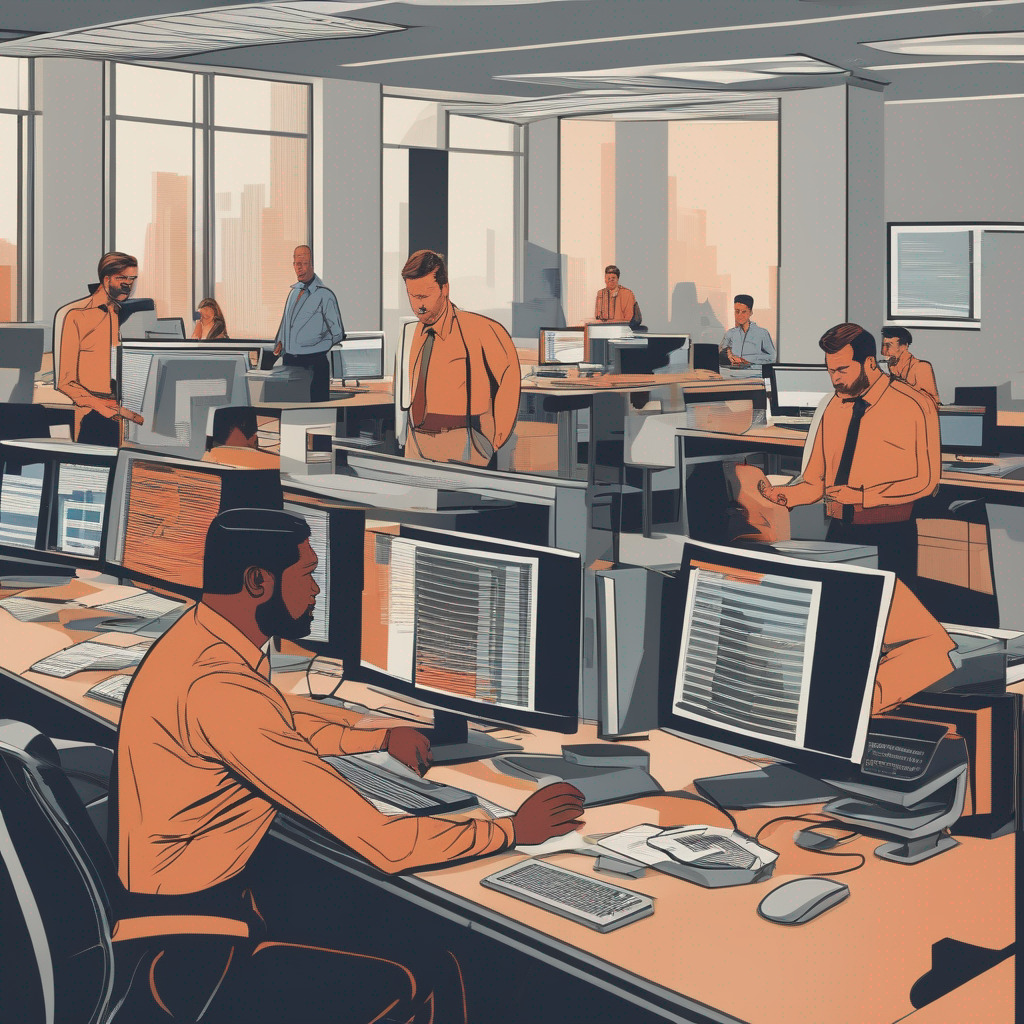If I had a dollar for every software upgrade that has been difficult to implement due to infrequent updates, I would have enough to buy a bottle of Gin, and probably a decent one, something like a Knocknaveagh 1862 Dry Gin.
There often seems to be a hesitation by organisations’ to upgrade frequently. Security patches aside, many organisations, whether private business, local or central government, fall into upgrade cycles based on time or releases cycles. Upgrades during intermediate years or minor releases are skipped.
I understand that upgrades can be costly and complex and not just in terms of time to implement, or resource availability. However, because the cost of doing something now vs. doing something in the future is difficult to calculate, it is easier to defer what should be done now.



Stop and think about it for a minute; opting not to upgrade regularly is typically an unwise decision, and here are a few reasons why:
- The software development company has spent a lot of time and money improving their software, adding new functionality, fixing bugs, and improving processes. These improvements will help your organisation do things faster and more efficiently
- If an upgrade is left for too long there may not be an easy upgrade path between distant versions. What should be an easy upgrade between one version and the next becomes complex, sometimes necessitating a total reinstall which takes longer and adds complexity beyond a regular upgrade
- Not upgrading can have an impact on other software dependencies, for example failure to upgrade the Esri platform also means you cannot upgrade FME, an unintended consequence
- Employees are unable to keep up with new developments and enhancements leading to a loss of technical skills. Employees feel their organization is unwilling to invest in them
- A complex upgrade will cost more than multiple simple ones, it will require more testing, more resources, more down time
- Support becomes more difficult. Vendors continue to offer support, but don’t be surprised (nearly always) if the resolution is to upgrade
- Bug fixes are often built into releases (if not deemed serious enough to be released as a patch), if you don’t upgrade you don’t get the benefit
- It’s not just bugs, enhanced security, often in response to identified vulnerabilities are also built into upgrades. These protect your organization from malware and other risks
- Finally, a little bit of change through incremental upgrades are much easier to manage than bigger jumps in capability that require greater change control
There are probably many other tangible and intangible benefits of upgrading, but these are the ones that spring easily to mind. Consider your own deployment, and I mean specifically of FME. Safe Software have recently released FME 2023.1, which further enhances FME Form and FME Flow released with FME 2023.0 in June 2023. If you are still using Desktop and Server then perhaps now is the time to upgrade.



